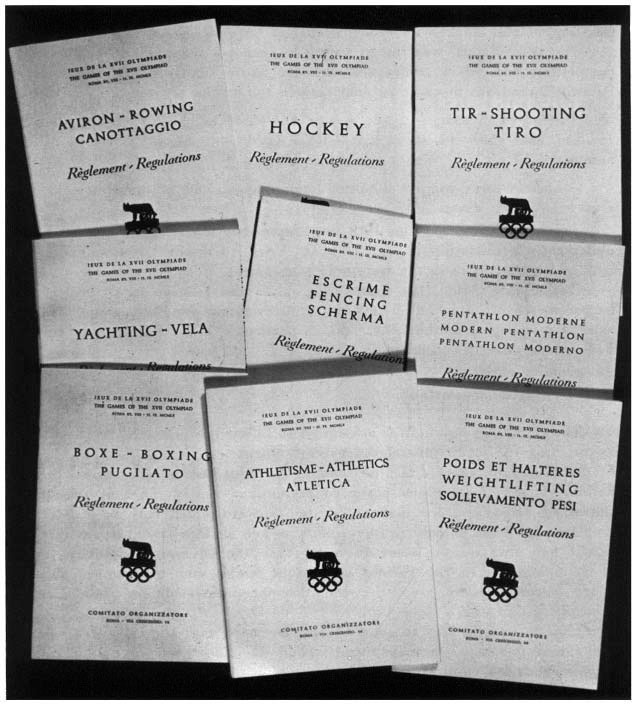ShowBusinessMan:
Italy
Riace Bronzes to return to Reggio Calabria museum

The Springtime of the Renaissance. Sculpture and the Arts in Florence 1400-60 at the Palazzo Strozzi

Angry 'gladiators' climb Colosseum in Rome protest

Ancient Sicily offers a glorious guide to classical Europe

'Monsters. Fantastic Creatures of Fear and Myth' at the National Roman Museum — Palazzo Massimo alle Terme

2011 D&G: Under the Hot Sicilian Sun

To men only in swimming trunks
Technical services of the Olympic Games in Rome


